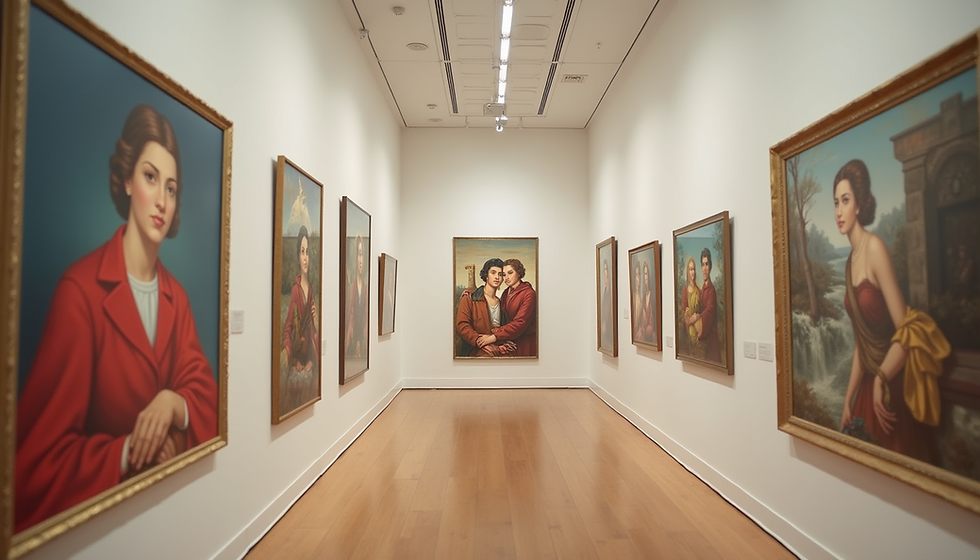How much paint should I put on my palette?? What brushes should I use as a beginner??
- Jacqueline Supra
- Sep 2, 2024
- 3 min read
When you're just starting with acrylic painting, it's helpful to use small amounts of paint on your palette. Here's a guide:
Want to read more?
Subscribe to seasonsartclass-napier.com to keep reading this exclusive post.




